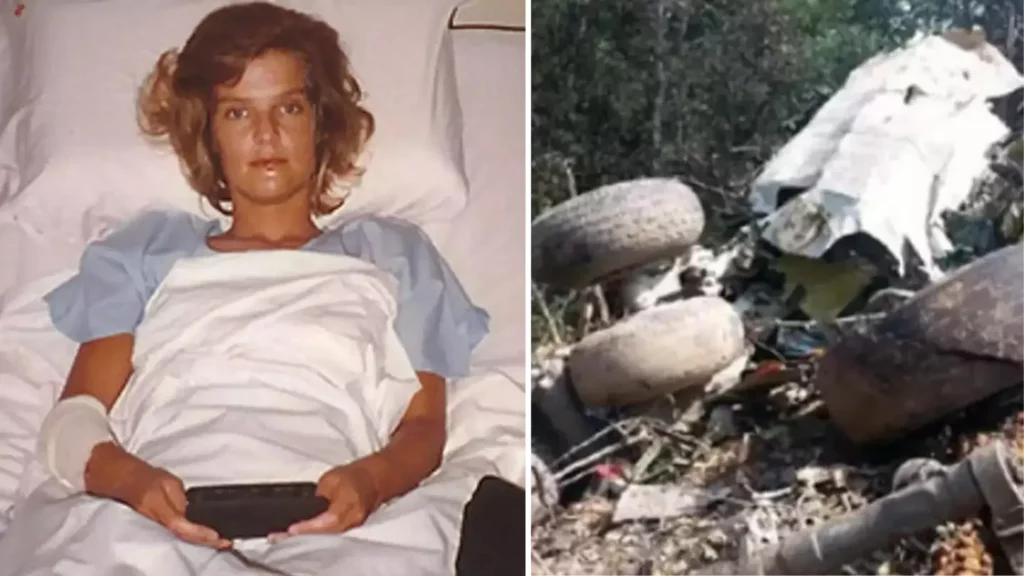Annette Herfkens, a Dutch finance worker, embarked on a journey with her fiancé, Willem van der Pas, in November 1992. The couple, who had been together for 13 years, had not seen each other for several months due to work commitments.
Willem, 36, had recently relocated to Vietnam to work for ING Bank, and Annette had taken time off from her job in Madrid to visit him. Their goal was simple: a five-day journey to the beach city of Nha Trang to reunite after a long absence.
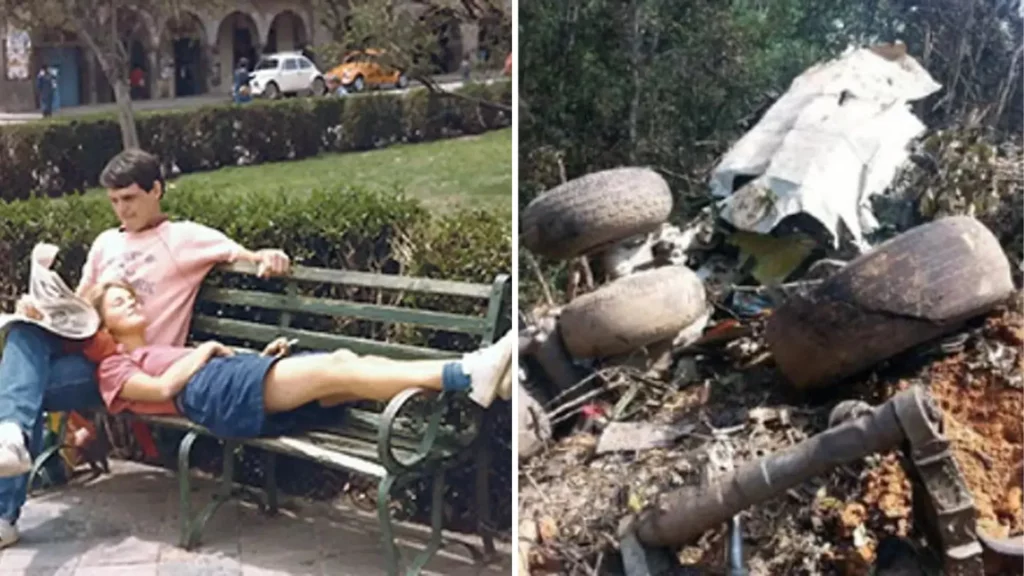
However, the journey took a terrifying turn, leaving only one survivor to recount the harrowing experience. Annette felt uneasy about the flight from Ho Chi Minh City to Nha Trang, as it was on a small, Soviet-made Yakovlev Yak-40 aircraft.
Despite her hesitation, Willem remained optimistic and assured her that taking this route would be the fastest way to reach their destination. The plane transported a total of 24 passengers and six crew members, which included the couple.
As the plane ascended, Annette’s unease intensified, and her discomfort with confined spaces heightened as they flew over the lush Vietnamese jungle. Only 50 minutes into the flight, a catastrophic event occurred.
The plane experienced a sudden descent, leading to a state of panic among the passengers. Annette remembered tightly holding onto Willem’s hand as the plane descended rapidly.
“There was a gigantic drop, and everyone started screaming,” she said in an interview. An aircraft collided with a ridge, resulting in the loss of a wing and causing it to flip upside down before ultimately crashing into the mountainside.
In a matter of moments, the peaceful journey took a tragic turn. Upon awakening, Annette discovered herself surrounded by the debris of Vietnam Airlines Flight 474.
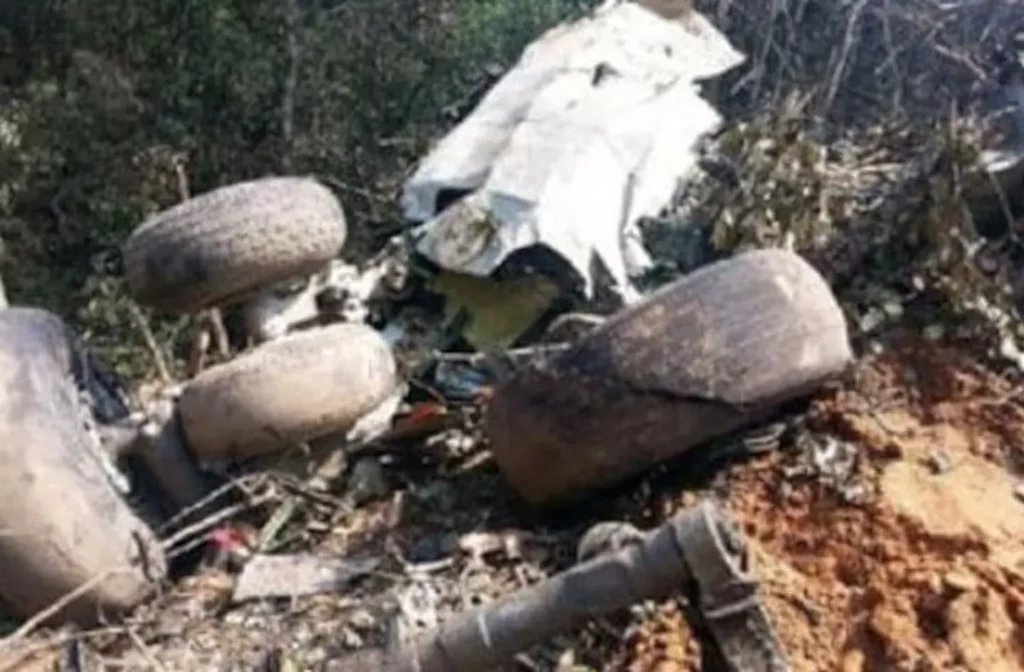
Lifeless bodies lay scattered around her, and an unsettling silence enveloped the jungle, broken only by the occasional cries of those few who managed to survive. One of the deceased individuals was Willem, who remained in his seat with a peaceful smile.
“He had a beautiful smile on his face but was really white—white, like a dead person,” Annette remembered. Annette suffered severe injuries, including a dislocated jaw, multiple fractures in her hip and leg, and a collapsed lung.
She was disoriented but still breathing. Her immediate reaction was to escape the wreckage, dragging herself away from the scattered fragments despite the excruciating agony. Her injured body was barely able to move.
“I instinctively chose to escape,” she later reflected, describing the almost automatic response to distance herself from the trauma inside the fuselage. Little did she know, she was about to face the most challenging trial of her existence.
After enduring a grueling eight days, Annette found herself isolated in the unforgiving Vietnamese jungle with no one left to rely on. In the beginning, she found solace in the company of a fellow survivor, a Vietnamese businessman.
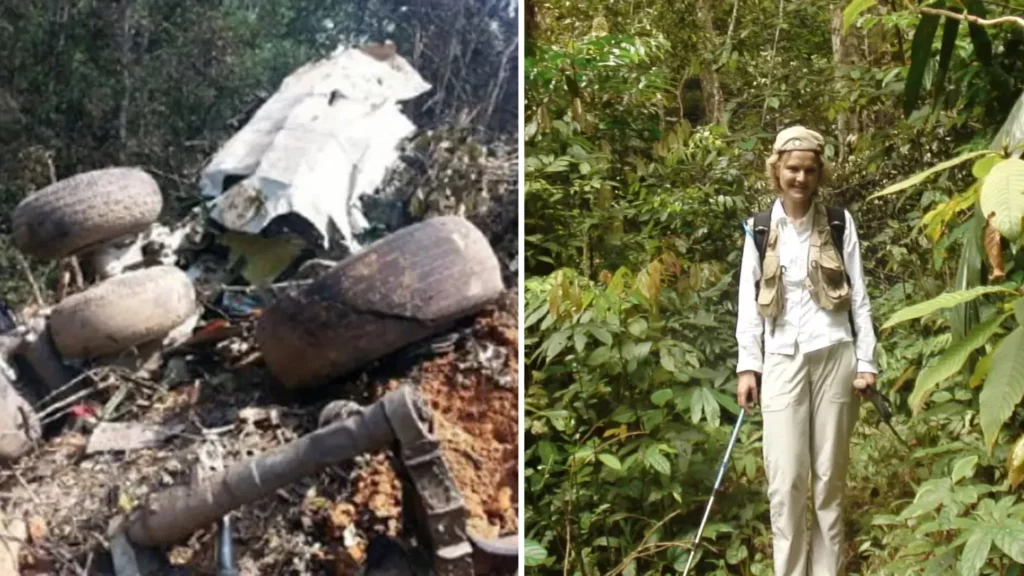
He offered her pants from his suitcase to protect her legs and reassured her that assistance was on the way. However, it didn’t take much time for him to also pass away due to his injuries.
His passing, accompanied by the eerie stillness of the jungle, made Annette realize that she was completely isolated. “I stayed in the moment,” Annette explained, recounting her survival strategy.
She ingeniously crafted makeshift bowls using insulation from the plane’s wing to collect rainwater, which became her sole source of hydration. In the face of her suffering, she remained strong, understanding that shedding tears would only diminish her determination.
“I did not think, ‘What if a tiger comes?’ I thought, ‘I’ll deal with it when the tiger comes.’ I did not think, ‘What if I die?’ I thought, ‘I will see about it when I die.’”
She spent those days resting beneath the debris, reflecting on the lush splendor of the surrounding jungle. The various shades of green on the leaves and the way the sunlight danced on the foliage captured her attention.
“I was surrounded by leaves. She described the morning’s beauty, with the sun shining through her eyelashes and glistening like sequins. Despite the danger surrounding her, she discovered solace in the breathtaking beauty of the jungle.
Annette even welcomed a close brush with mortality on the seventh day, when she experienced an intense feeling of liberation and serenity. “It was a moment of ecstatic freedom,” she later wrote in her memoir.
Her condition deteriorated as time went on. Her toes became infected with Gangrene, and her kidneys started to deteriorate.
She was aware of the urgency, yet she remained composed, determined to persevere. Annette’s experience as a bond trader proved invaluable in handling the situation.
She broke down her tasks into manageable steps, similar to how she would approach them on the trading floor. She strategized on gathering water, prioritizing her survival with each passing moment, relishing in every sip, and celebrating every minor triumph.
By the sixth day, Annette’s condition had worsened, causing her to feel a sense of despair. Her lung remained collapsed, causing her to struggle for breath.
She was mentally preparing for the chance that she might not succeed. But at the very moment she was on the brink of demise, an extraordinary event occurred.
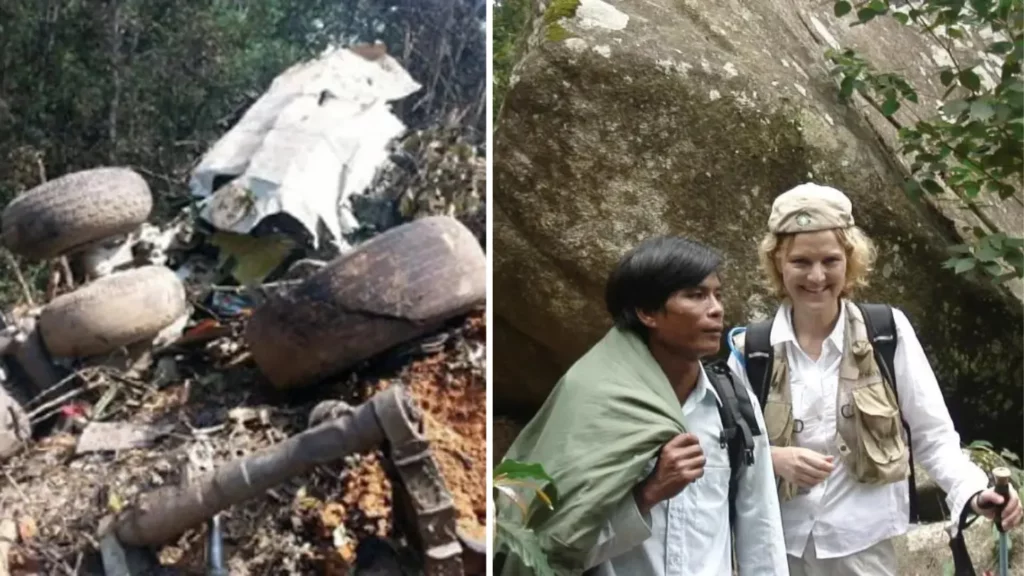
An unexpected encounter occurred with a local policeman. Initially, he believed she was a specter, as he had never encountered a Caucasian woman before.
Annette waved energetically, hoping to catch his eye. Following the unexpected turn of events, the man quickly alerted others, prompting the dispatch of a rescue team.
192 hours after the crash, Annette finally received rescue and airlift to safety. She had endured the daunting challenge of surviving alone in the jungle for eight days, the only person to make it out alive from the tragic plane crash that took the lives of 29 individuals, including her beloved partner.
Featured Image Credit: YouTube/CNN / Annette Herfkens

